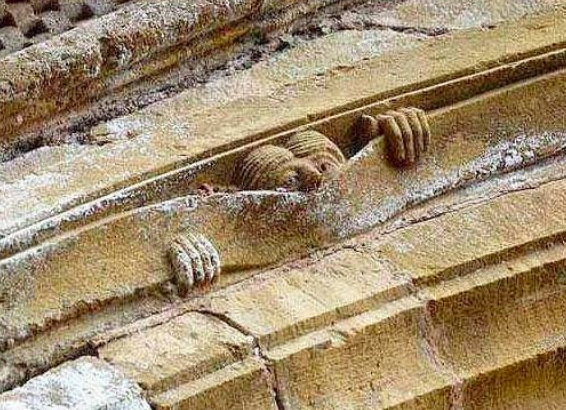So Many Problems and, Thankfully, Some Solutions!
Regina Bannan in The Table has given us enlightening, witty, and profound insights into James Carroll’s “To Save the Church, Dismantle the Priesthood” article in The Atlantic. Humbly, I’d like to add a progressive (I hope!) Catholic layperson’s reaction to part of the article as well.
Often criticism articles like Carroll’s focus on analyzing problems, adding historical perspective to problems and current scholarship pertaining to problems. They also often include dramatic anecdotes, and, although thankfully not in Carroll’s case, diatribes and vitriol, again focusing on the problems. Okay, I often think, according to you, Ms/Mr/Mx. Esteemed Author, the world is truly going to hell in a handbag (often a woman’s handbag), but can you give us a clue – in more than a few trite generalized sentences at the end of the piece – of what we might do about these problems? About some viable, innovative alternatives?
I was captivated and delighted that James Carroll did just that and, in not just a few sentences, but – let me count them – eight full paragraphs! I was also captivated by the solutions themselves, not the least because I have already been implementing some of them and it was gratifying to have confirmation but also because the overarching concept behind them seemed to present a fresh perspective.
He called for us to become “internal exiles” within our own Church. We all know the external exiles. They are probably some of our family members and friends who have fled, often brokenheartedly, to another church or to none at all. You may be one of them. Internal exiles, on the other hand, stay in the Church, energized and engaged, but resistant to the harm that the hierarchical structure has done and continues to do. Here is how Carroll describes us:
“One imagines the inmates of internal exile as figures in the back of a church, where, in fact, some dissenting priests and many free-spirited nuns can be found as well. Think of us as the Church’s conscientious objectors. We are not deserters.”

His form of internal exile calls for temporary non-participation in the ritual of the Mass even as we are present. With this I disagree and think unnecessary. We are in the back, visibly in a defined gently resistant community, and that is enough. But I did like his emphasizing that, if we do decide to abstain from the rituals of the Mass, we could still stay or become even more involved in the best of our tradition: serving the needy, performing acts of mercy, acting for peace and justice in the world. I also liked that he called for participating in alternative expressions of the Church, too, like small Eucharistic communities, especially when led by women or other marginalized people. “As ever,” he says, “the Church’s principal organizing event will be the communal experience of the Mass, the structure of which—reading the Word, breaking the bread—will remain universal; it will not need to be celebrated by a member of some sacerdotal caste.”
Maybe all of this will shake up the Church, open it up, renew it. I love Carroll’s not only positive stand that this will happen but that we, the internal (and some external) exiles will become its core, “as exiles were the core at the time of Jesus.” I would like that; I haven’t given up. Have you?
One more sentence of hope from the author: “Instead of destroying a Catholic’s love of the Church, the vantage of internal exile can reinforce it – making the essence of the faith more apparent than ever.”

One Response
Come Holy Spirit, liberate the church from patriarchal gender ideology.